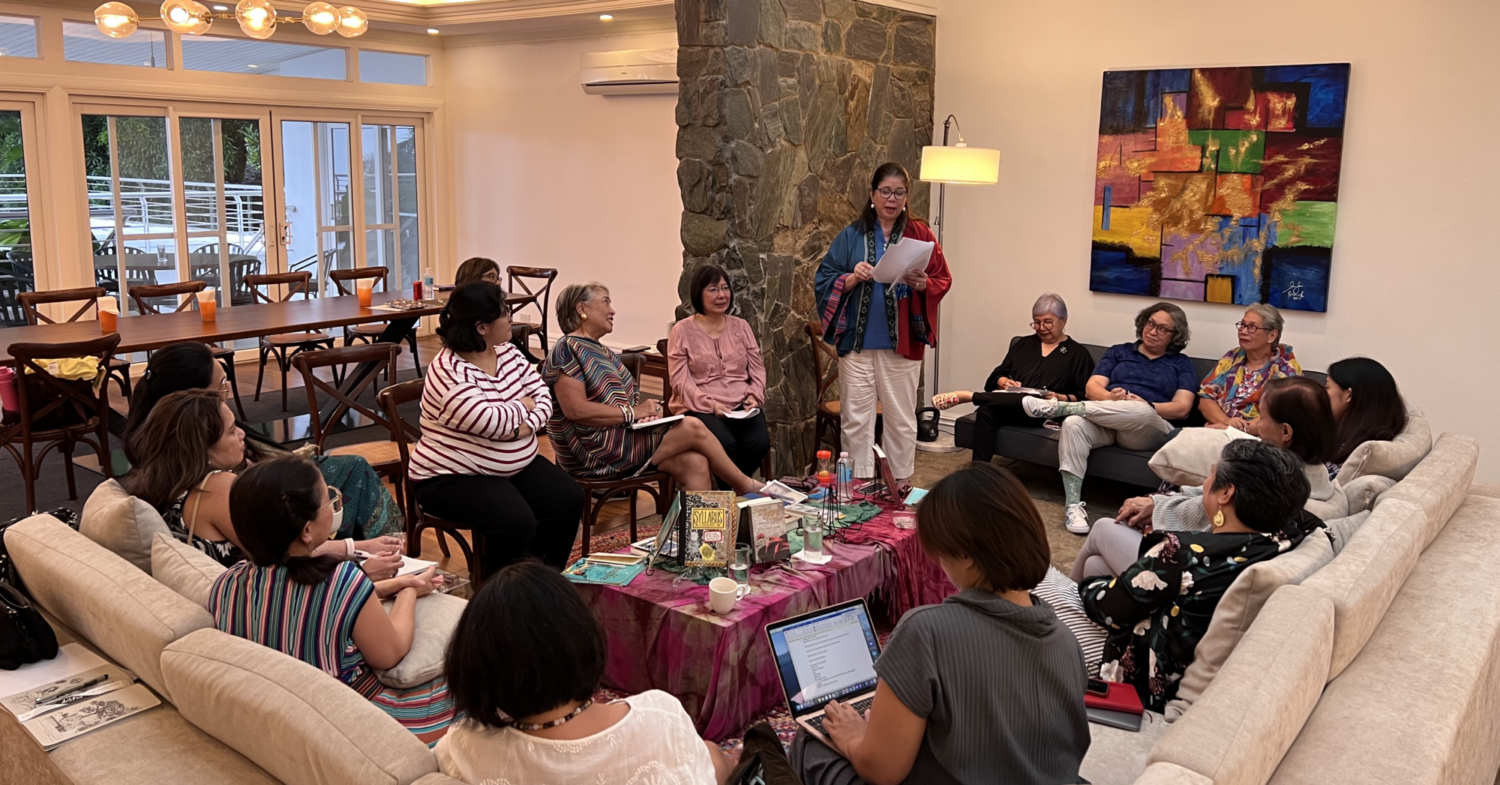HONG KONG – It started with an inflatable pig.
Jeffrey Shaw has always been fascinated by interactivity, having in the 1960s created art he hoped would narrow the gap between viewer and image.
His pig starred on the cover of Pink Floyd’s 1977 concept album “Animals”, floating eerily above London’s Battersea Power Station, in what has become one of the most famous images in rock music history.
“I was already very interested then in audience participation,” said the Melbourne native, who is currently Dean of the School of Creative Media at City University, Hong Kong.
“So instead of a bronze or stone sculpture with which you could do nothing, a lot of the artwork I was making was to do with inflatable structures, which people could jump on or throw around.”
In the same spirit, Shaw has developed what he calls “cultural heritage vizualisation”, a technique that he hopes will help preserve key sites around the world before the onslaught of mass tourism destroys them.
Shaw said his most important project to date is a collaboration with the Dunhuang Academy in Gansu Province, China. Dunhuang is in an oasis amid the Gobi desert and a former gateway to and from China on the ancient Silk Road.
The UNESCO World Heritage Site Shaw is working on is made up of 492 Buddhist grotto temples – or Mogaoku – which contain murals, statues and architectural monuments of enormous cultural and historical value.
Shaw’s aim is to create a definitive record of how the caves look now and use it to create a reconstruction of the environment.
To ensure their preservation, it is likely the caves will be eventually sealed. Future access will therefore be virtual, relying on digital media and the visualization work that Shaw is doing.
His work was recently exhibited in Hong Kong, using a full laser scan of the escarpment at Dunhuang and high-resolution photography to build a virtual environment, on a one-to-one scale, for visitors to explore.
Technologies used to augment the experience include detailed re-colouring and restoration, a variable scale magnifying glass, virtual touch and 3D animation.
Shaw even worked with two dancers from the Beijing Dance Academy to bring to life their ancient painted counterparts.
At the moment, only one of Dunhuang’s 735 caves has been reconstructed to this level of detail.
The project’s goal is to develop a demonstration of 10 to 20 virtual caves, enabling the Dunhuang Academy to potentially tour it to major museums around the world. The British and Getty museums have signalled interest.
“This brilliant example of Chinese heritage could really go out into the world,” said Shaw.
– The future of conservation –
“One has to recognize that in terms of conservation and sustainability of the original artefact, creating effective and persuasive surrogate experiences is really worthwhile and useful,” Shaw said.
Born in 1944, he has spent 50 years as an artist and researcher at the forefront of the new media field.
The dissemination of national heritage through new media, its educational value and its impact on advancing understanding between cultures, is one reason Shaw believes his work is fundamental to future cultural conservation.
Another is the survival of the site itself. Dunhuang, Angkor Wat in Cambodia and many other historical sites suffer ongoing damage as a result of mass tourism, for which they were not designed.
Taking that pressure off by documenting and then sealing them is probably, said Shaw, the only solution to their long-term preservation.
The material is presented in an interactive panoramic cinema known as AVIE (Advanced Visualisation and Interaction Environment), which offers opportunities to experiment with virtual and augmented realities.
“The notion of interactive cinema is one way of describing everything we’re doing, because it’s definitely in the tradition of the cinema – of big spectacle, high-quality imaging and storytelling,” he said.
AVIE was developed, under Shaw’s direction, with the University of New South Wales in Sydney between 2006 and 2008. The system uses six 3D projectors, six PCs with game graphics cards in them, surround-sound audio and a giant circular television screen.
Moreover, the technology’s potential for academic study is significant, in that many scholars can access the caves in a richer and more detailed way than at the physical site, where restrictions are in place to minimise damage.
Shaw and his colleagues have completed similar initiatives at Angkor Wat and the World Heritage Site of Hampi, southern India, among others. He says the Dunhuang project is the largest yet.
Another of Shaw’s current projects is a collaboration with Europeana, a massive database developed by the European Commission, which pools all the cultural assets and resources of Europe’s major museums.
For the centenary of the start of World War I in 2014, Shaw is working with the database to create a comprehensive, virtual 3D exhibition of material from that moment in history, which visitors will be able to navigate via iPads.
Also underway is a 360-degree visualisation of a Qing Dynasty scroll from the Maritime Museum in Hong Kong, which illustrates the fight against pirates who infested Guangdong waters in the late 18th century.
“If you think back to cinema,” says Shaw, “it was a new technology. People invented the camera and invented the projector, it was a technological framework that allowed the cinema to exist.
“What’s interesting about the cinema is that all kinds of filmmakers have been able to make all kinds of films using this apparatus, so the technology is validated as a cultural tool. Rather than putting a strait-jacket on it, the technology releases creative activity.”














































